How long does it take for new animal species to “evolve”? According to well-known evolutionary biologist and atheist Stephen J. Gould, it takes anywhere from a few thousand years to several tens of thousands of years—a very conservative estimate when we consider Gould’s Punctuated Equilibrium evolutionary model.1
The following article has been reblogged with permission from Creation Unfolding. The views expressed reflect those of the author, and not necessarily those of New Creation.
Yet according to a recent 2017 Science article, a new species of Galapagos finches, dubbed the ‘big bird lineage’ by the researchers, evolved in just the last 50 years.2 Commenting on this article, Princeton News writers said, “Researchers previously assumed that the formation of a new species takes a very long time, but in the Big Bird lineage it happened in just two generations.”3
So, why is this important for young-age creationists? Well, according to the young-age creationist model, most of our modern land animals diversified from very different ark kinds that flourished right after the Flood, just five thousand years ago. The problem is that the micro-evolutionary mechanisms that we see working today can only with great difficulty account for those changes. Natural selection, for example, is just too slow.4
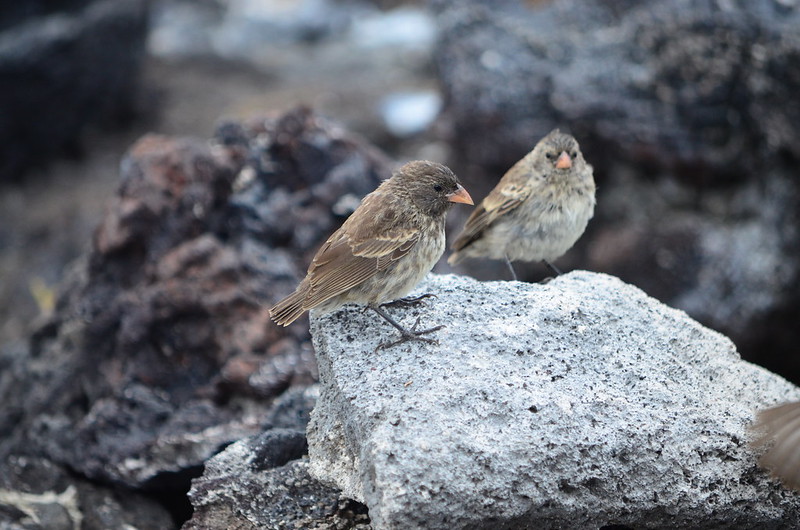
And this is why this research is so interesting. You see, for the most part, this new species of finch is the product of hybridization and not natural selection. About 50 years ago, a lone finch male found its way to the Galapagos Islands where it mated with a separate finch species resident to the island. This was unusual because finches, having their own unique song and beak form, usually only mate with members of their own species. Being alone on the island of course made this impossible, furnishing the finch with no other option.
The baby finches, however, did not adopt the song of either the mother or father, and their beak size and form was also different from both parents. As a result, the male offspring failed to attract female mates from any of the other three finch species on the island, including that of the mother, and were forced to mate with members of their own lineage. This situation literally produced a new species in just two generations. Fifty years on and the incipient species remains reproductively isolated, forging its own competitive niche alongside the three other resident species.
Now, do not misunderstand me. I am not saying that the post-Flood radiation of all land animal species occurred through hybridization. This is but a single Darwinian alternative. As it turns out, scientists are finding more and more biological mechanisms of change that bypass the slow and gradual rates of micro-evolutionary change usually associated with natural selection and traditional methods of adaptationism.5,6 It is entirely plausible that other, as yet unknown mechanisms will either soon be discovered, or perhaps remain dormant, waiting for the next global disaster to pressure their re-emergence. Young-age creationists should be excited.

As a young-age creationist boon, this hybridization example also supports the notion of a very young biosphere. You see, including this new species of finch, there presently exist a total of just 18 finch species living on the Galapagos Islands. Yet according to the conventional view, the other 17 species evolved over at least one to perhaps as many as two million years. Using the more conservative number, that’s the evolution of one finch species every 58,000 years. Yet using empirically based science, we now know that finch species can “evolve” in less than 50 years. I don’t know about you, but I think it is much more plausible, given the scientific data, to believe that the other 17 species of finch actually diversified from a single pair just a few thousands of years ago.
Learn More About Rapid Speciation
Footnotes
- Gould, Stephen Jay. 2002. The Structure of Evolutionary Theory. Cambridge, Massachusetts: Belknap Harvard. ↩︎
- Sangeet, Lamichhaney et al. 2018. “Rapid hybrid speciation in Darwin’s finches.” Science Vol. 359:224-228.DOI:10.1126/science.aao4593 ↩︎
- Princeton University News. (2017). Study of Darwin’s finches reveals that new species can develop in as little as two generations. Accessed 11/7/2023. ↩︎
- Wood, T.C., and Murray, J.M. 2003. “Understanding the pattern of life: origins and organization of the species.” Nashville, Tennessee. Broadman and Holman Publishers. ↩︎
- Gould, 2002, The Structure of Evolutionary Theory. See Footnote 1. ↩︎
- Guliuzza, R.J., and Gaskill, P.B. 2018. “Continuous environmental tracking: An engineering framework to understand adaptation and diversification.” In Proceedings of the Eighth International Conference on Creationism, ed. J.H. Whitmore, pp. 158–184. Pittsburgh, Pennsylvania: Creation Science Fellowship. ↩︎

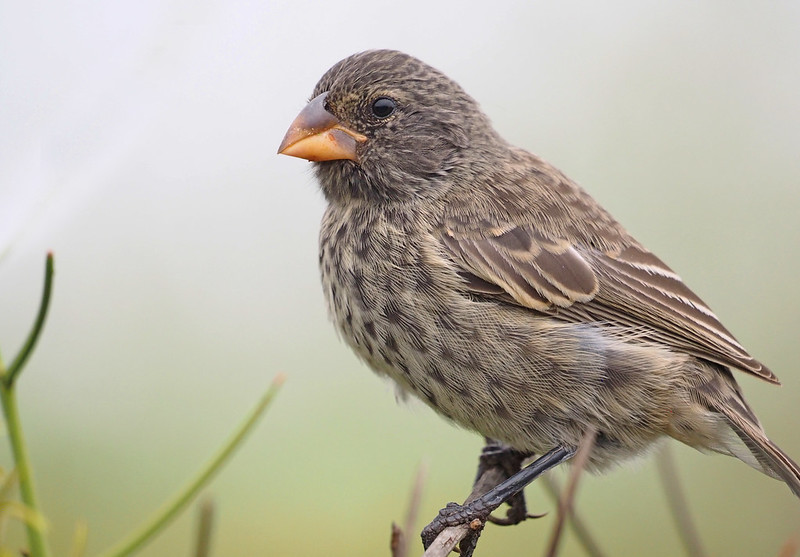


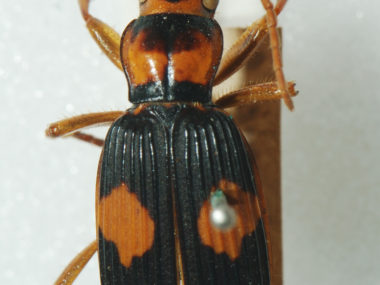
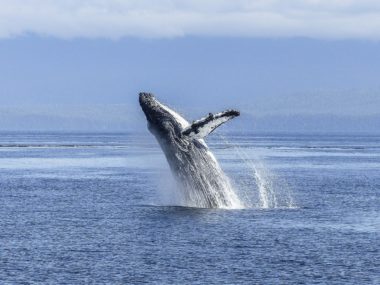
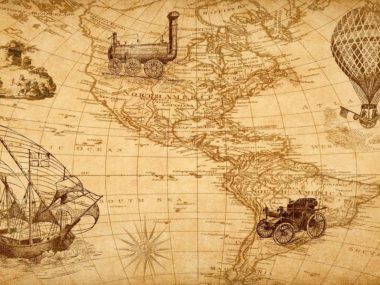
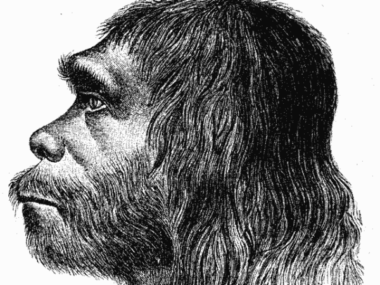




I believe that new “biological mechanisms of change” you are thinking about has already been discovered in what is called epigenetics. These are characteristics that parents can acquire in their adult life, and can pass on to their children. This seems to be a kind of pre-programmed (though limited) evolution.